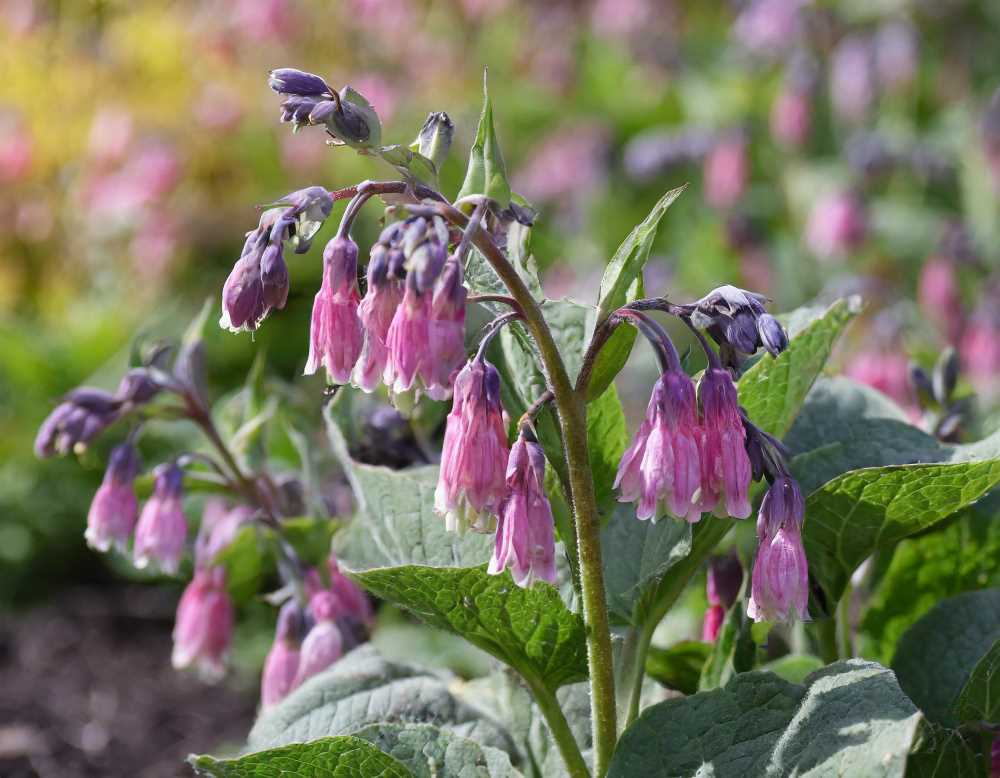Why Comfrey Deserves a Place in Your Garden
Comfrey has colorful blooms and draws in pollinators. This resilient plant is a gardener's ally, creating rich fertilizer from deep-soil nutrients. Historically used as a healing poultice, comfrey's uses are both practical and steeped in folklore.

In the tangled vines of any thriving garden, beneath the showy blooms and well-groomed borders, there exist plants with wilder reputations. They lurk with quiet determination, their practical virtues often outweighing their sometimes unkempt appearance. Such is the comfrey clan, a group of remarkably adaptable and useful plants that simultaneously confound and beguile gardeners and nature enthusiasts alike.
The comfrey family (members of the Symphytum genus, within the Boraginaceae or borage family) boasts a riotous palette of colors. Their bell-shaped flowers, borne on drooping clusters, range from pristine white to pale yellow, rosy pink, and even a beguiling bluish-violet. This splash of color is a result of their enthusiastic nature to hybridize, creating an ever-changing display.




